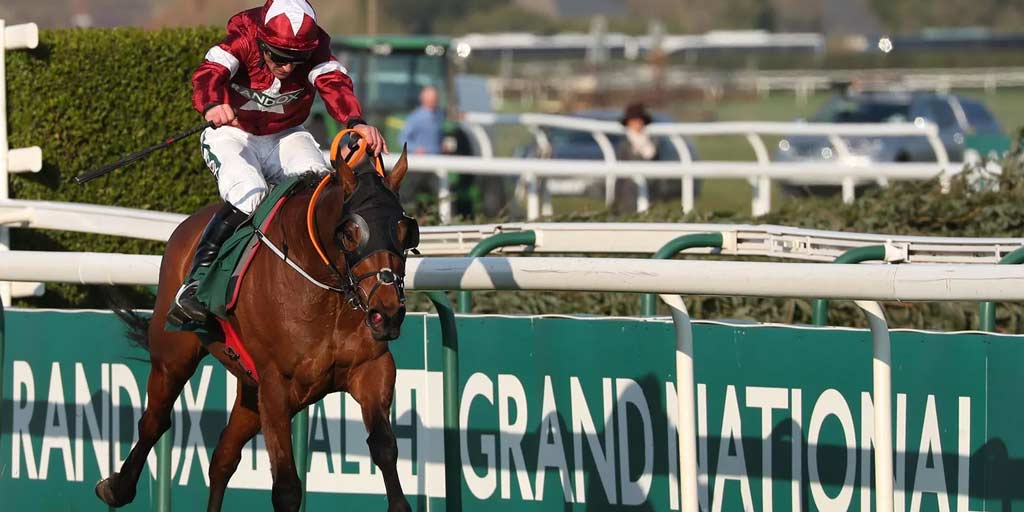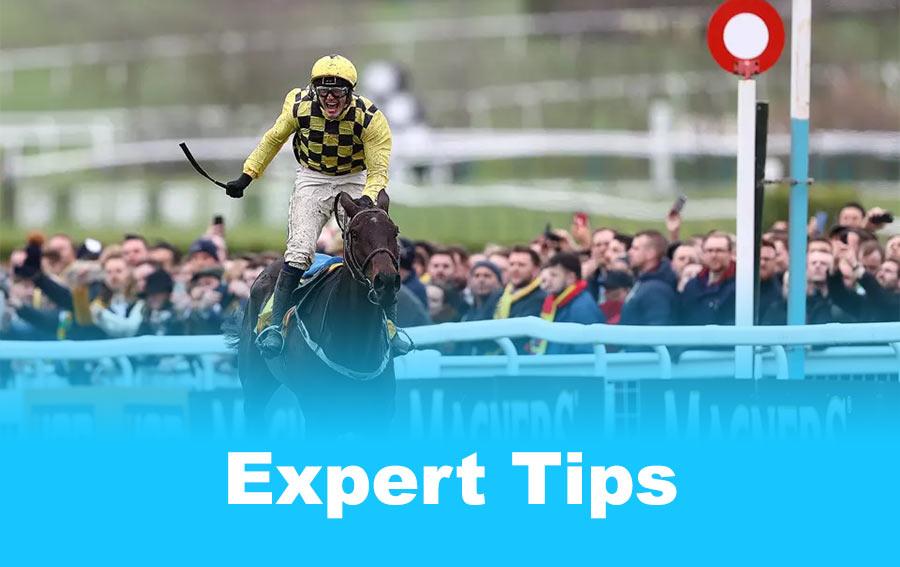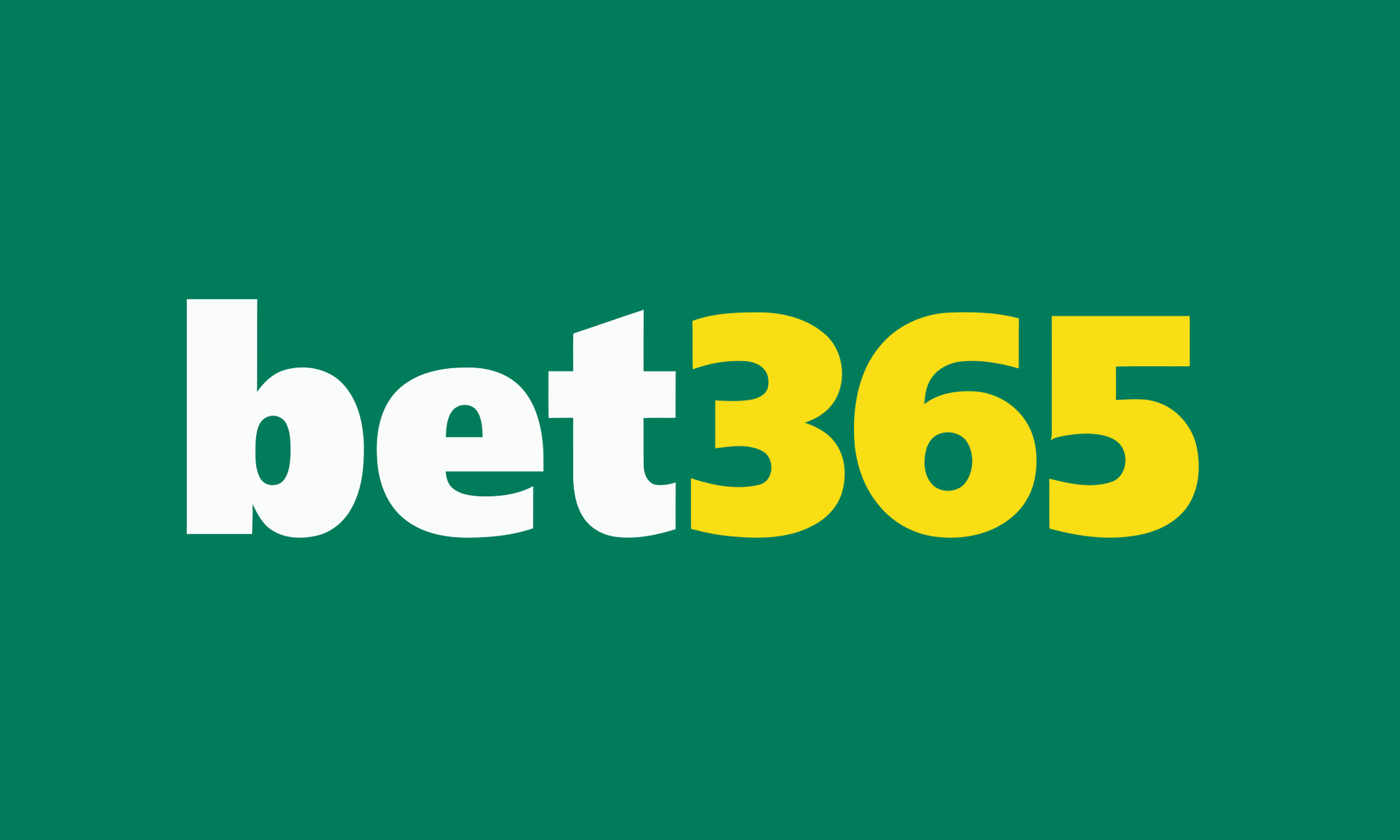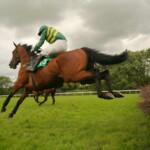
The Grand National betting guide offers you everything you need to bet on the 2024 Grand National Steeple Chase and as well as all other races of the three-day Grand National Festival held at Aintree Racecourse. Get the latest race cards, odds comparisons, bookie specials, sign-up offers, tips and results, for every race of the 2024 Aintree Grand National Festival.
The Grand National Festival Races
- Day 1
- Day 2
- Day 3
Opening Day
11th April 2024 |
||
|---|---|---|
| Time | Race | Grade |
| 13:45 | Manifesto Novices Chase | 1 |
| 14:20 | Anniversary 4-Y-O Juvenile Hurdle | 1 |
| 14:55 | Aintree Bowl Steeple Chase | 1 |
| 15:30 | Aintree Handicap Hurdle | 1 |
| 16:05 | Foxhunters Open Hunters Chase | CL 2 |
| 16:40 | Red Rum Handicap Chase | 3 |
| 17:15 | Mares Standard Open NH Flat | 2 |
Ladies Day
12th April 2024 |
||
|---|---|---|
| Time | Race | Grade |
| 13:45 | Mildmay Novices Chase | 1 |
| 14:20 | William Hill Handicap Hurdle | 3 |
| 14:55 | Top Novices Hurdle | 1 |
| 15:30 | Melling Chase | 1 |
| 16:05 | Topham Chase | 3 |
| 16:40 | Sefton Novices Hurdle | 1 |
| 17:15 | Alder Hey Handicap Hurdle | CL 2 |
Grand National Day
13th April 2024 |
||
|---|---|---|
| Time | Race | Grade |
| 13:20 | Bridle Road Handicap Hurdle | 3 |
| 13:55 | Mersey Novices Hurdle | 1 |
| 14:30 | William Hill Handicap Chase | 3 |
| 15:05 | Liverpool Hurdle | 1 |
| 16:00 | Grand National Handicap Steeple Chase | 3 |
| 17:00 | Maghull Novices Chase | 1 |
| 17:35 | Standard Open National Hunt Flat Race | 2 |
Best Grand National Sign-up Offer
Best Grand National Promotion
£1 No Deposit Grand National Free Bet
Opt in required. Valid from 7:00 01/04/24 until the start of the Grand National (16:00 13/04/24). One free bet per customer. Online & in-shop (Plus customers). Player restrictions & T&Cs apply. Read MoreMore on How to bet
More on the Aintree Grand National Festival
The Aintree Grand National Festival is one of the biggest National Hunt meetings held in the UK every year, ranking behind only the Cheltenham Festival in terms of number of top quality races.
The Festival’s biggest race is the Grade 3 Grand National Steeplechase, a handicap stayers race that draws a global audience.
However, the Festival has plenty more to offer with some of the highest rated racehorses in the UK and Ireland on show in a selection of Grade 1 races covering a variety of distances and formats.
Our Aintree Grand National Festival guide is designed to give you everything you need to bet on this meeting, including expert tips, odds, results and a variety of resources to help you if you’ll be betting on the Grand National for the first time.










